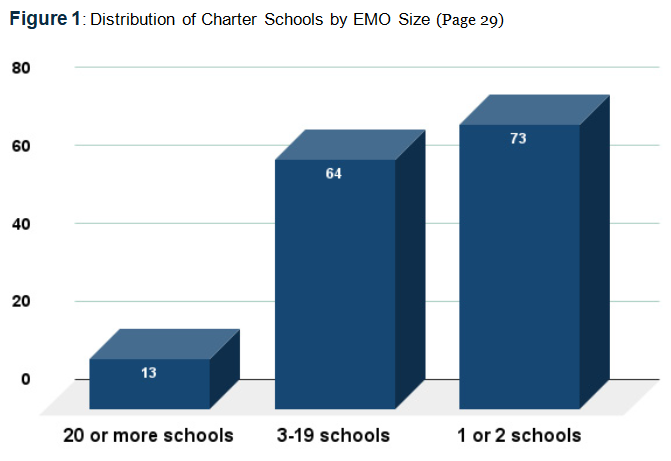By Thomas Ultican 5/15/2023
Alexandra Robbins’ new book is an authentic look into the life, working environment, emotional struggles and triumphs of America’s K-12 teachers. The book opens up many unnecessary issues that America’s professional educators face as they try to give their best in the classroom. It also reminded me of my own teaching journey with its unjust treatments and eventual success.
The Book can be Purchased Here
It is Not Burnout
Teaching is a much higher stress job than it needs to be because of factors outside of the classroom. Robbins reports on a special education teacher named Prisha being left by herself in classes of 28 to 35 special education students when her co-teacher had to take a two month medical leave. The school’s staff was almost all first or second year teachers like Prisha who didn’t know what to do. The principal’s solution was to call all the special ed teachers “fucking morons” and start monitoring Prisha’s grade book. No actual support for a new teacher in a no win situation. (Teachers 217)
Robbins cites a gallop pole claiming that teachers tied with nurses for the highest rate of daily stress on the job among all occupations. She shares a study asserting, “It is confirmed that teachers have the highest burnout levels as compared to other professionals in social services.” (Teachers 218)
It needs to be noted that teaching only became high stress after the 1983 Department of Education report “A Nation at Risk.” That fraudulent polemic misused SAT data to cook the books and claim American public schools were failing. Later, Anya Kamenetz reported for NPR, “A 1990 report produced by the Energy Department’s Sandia National Laboratories broke down the flaws in the “A Nation at Risk” analysis but got little attention.”
“A Nation at Risk” was followed by a dramatic expansion of teacher responsibilities but no accompanying structural support. The report inspired a push for state-mandated testing. This led to a major demoralization of teachers when in 2002 No Child Left Behind (NCLB) became federal law. Robbins writes,
“NCLB, which mandated rigorous standardized testing and penalized schools and teachers based on students’ scores, remains ‘the worst federal education legislation ever passed by Congress. It was punitive, harsh, stupid, ignorant about pedagogy and motivation, and ultimately a dismal failure,’ as New York University research professor of education Diane Ravitch, a former assistant secretary of education and leading educational expert, has written.” (Teachers 224)
I remember in about 2007 a principal saying to me that school used to be fun; hopefully we’ll get back to that someday. Today, there is a large problem with teachers quitting the profession that is being attributed to burnout but it is more accurate to call it teacher frustration; a frustration with not being able to provide the kind of good pedagogy that their students and communities deserve.
Robbins points to a need for school leadership to step up to the plate. She writes,
“The responsibility for resolving teacher demoralization, or what the public calls burnout, should lie with districts and administrators. Telling teachers to relax doesn’t cut it. … Instead of halfheartedly attempting to mitigate the effects on teachers, school leaders should fix the underlying causes – their school climate, staffing numbers, and resources – not just to prevent employee demoralization, but because that’s how a proper workplace should operate.” (Teachers 228)
A Personal Experience with Education Reform

In Diane Ravich’s seminal book The Death and Life of the Great American School System, she describes how my home town of San Diego, California was chosen as an education reform test site. Ravitch noted that it was an unusual choice for where to launch a reform movement because San Diego was viewed as having “one of the nation’s most successful urban school systems.” (Page 50) In 1998, the former US Attorney for the southern district of California, Alan Bersin, was hired to be the school district superintendent and lead the reform experiment. The local education community was against hiring an uncertified non-educator to lead the district but the San Diego business community which held sway over the school board wanted it.
I started education graduate school at the University of California San Diego in 2001 and found that a few of my instructors were consulting on the district’s education reforms. Some of the changes being introduced were quite good but the authoritarian implementation alienated most of the district’s teachers who had no input into what was happening.
One major change affected me. It was mandated that all ninth graders take the new conceptual physics class. That caused the district a severe shortage of certified physics teachers. I had just completed my masters in education with a physics certificate. It was not long before I got an offer to be a probationary teacher via a telephone interview.
Turned out the Bell Jr. High principal was not being totally up front with me. Going to the district office to sign my contract, I was told the probationary positions were filled and was offered a temp contract. I discovered that teachers in California normally needed more than two years to become full time with job protections. Temp contracts do not count as tenure track teaching time.
The principal at Bell literally had a hole in her head having recently gone through brain surgery to remove a tumor. Two retired administers were convinced by the district to come back and serve as assistant principals, provide support during the convalescence and take over if medical issues arose. One of them became my evaluator.
In my first written evaluation, the AP wrote that discipline was a problem and that I never checked for student understanding. In a written response, I wrote that during the lab period she observed every team coming to me multiple times to have their lab progress reviewed and checked off before moving on to the next phase. I questioned her observation of not checking for student understanding? While my class may be a little free, all 36-students successfully completed and submitted their lab reports so class discipline was not leading to dysfunction. I should have added that the classes were too large for safe lab science activities.
One time the evaluator came in while I had the class working on a poster project. A student that had not had much success in school rushed up to her and proudly showed off his poster. She later told me that I should have written him a referral right then for leaving his group without permission. I was thinking what is wrong with a child engaged in learning? Why punish his new pride?
At Bell we had 13 sections of regular physics plus I taught the only section of honors physics. My classes tested amazingly well. The regular physics classes ranked 1, 2, 4 and 6 in comparison to all 13 sections at Bell. The honors physics class was the number 2 scoring class in the entire district. I was stunned at the end of the year when my evaluator said she could not recommend me for rehire because of “not moving classes toward achieving standards” and the lack of classroom disciple. The quoted line meant that I could not even apply for a substitute teaching position in San Diego Unified School District.
I talked to several district administrators who commiserated with me and even admitted how strange this looked but none of them felt they could do anything. The Bersin administration had set up an arbitrary quota system for teachers being fired and the percentage of new hires retained. It turns out a determined administrator can fire tenured teachers. This was aimed at keeping everyone following orders and not complaining. At Bell, I was the 50 year old new hire who was sacrificed to protect the younger teachers.
It is remarkable that the evaluation from my next school in another district noted discipline as one of my classroom strengths.
The Teachers is a Great Read
Alexandra Robbins uses the experience of three teachers during the 2021/22 school year as the backbone for her book. In the August chapter, she introduces Rebecca, Penny and Miguel. Month by month, Robbins reveals the sometimes horrific and sometimes triumphant experiences of these three amazing teachers. Along the way she shares insights, research and some eye-popping experience from other teachers. It is the most revealing and authentic view of teaching I have ever read.
I will end with this quote from page 279 which shows in gory detail why teacher opinions should be sought out and adhered to.
“Florida teachers compiled a mountain of evidence that public school was not the place for one particular student who had numerous mental health issues, was obsessed with guns, and was suspended 18 times in one school year. But it took five months to get him transferred to a special middle school – and when he was determined to attend public high school, Florida’s disability law allowed him to. The student was Nikola Cruz, the school Marjory Stoneman Douglas. In 2018, Cruz massacred 14 students and three staff members in one of the deadliest school shootings in history.”



































